Farewell @MAPA
Credit to: @MAPA For the Boeing 737.
hi (I don’t know what to put here)

New Features:
- Controllable Flaps
- Cockpit Window Now Dark
- Passenger Windows Now Dark
- New Colors
I hope you enjoy!
Important Information (Wikipedia)
The 737-200 was a 737-100 with an extended fuselage, launched by an order from United Airlines in 1965 and entered service with the launch customer in April 1968. Its unit cost was US$4.0M (1968)[28] ($35M today). The -200's unit cost was US$5.2M (1972)[31] ($37.9M today). The 737-200 Advanced is an improved version of the -200, introduced into service by All Nippon Airways on May 20, 1971.[23] After aircraft #135, the 737-200 Advanced has improved aerodynamics, automatic wheel brakes, more powerful engines, more fuel capacity, and hence a 15% increase in payload and range over the original -200s and respectively -100s.[18][32] The 737-200 Advanced became the production standard in June 1971.[33] Boeing also provided the 737-200C (Combi), which allowed for conversion between passenger and cargo use and the 737-200QC (Quick Change), which facilitated a rapid conversion between roles. The 1,114th[34] and last delivery of a -200 series aircraft was in August 1988 to Xiamen Airlines.[1]
Nineteen 737-200s, designated T-43, were used to train aircraft navigators for the U.S. Air Force. Some were modified into CT-43s, which are used to transport passengers, and one was modified as the NT-43A Radar Test Bed. The first was delivered on July 31, 1973, and the last on July 19, 1974. The Indonesian Air Force ordered three modified 737-200s, designated Boeing 737-2X9 Surveiller. They were used as Maritime reconnaissance (MPA)/transport aircraft, fitted with SLAMMAR (Side-looking Multi-mission Airborne Radar). The aircraft were delivered between May 1982 and October 1983.

Several Canadian airlines still use the Boeing 737-200 due to its gravel runway capabilities. The Boeing "Unpaved Strip Kit" (gravel kit) included a gravel deflector on the nose gear and a vortex dissipator extending from the front of the engine. This -200 belongs to Air North and is landing at Vancouver.
After 40 years, in March 2008, the final 737-200 aircraft in the U.S. flying scheduled passenger service were phased out, with the last flights of Aloha Airlines.[37] As of 2018, the variant still saw regular service through North American charter operators such as Sierra Pacific Airlines.[38] With the improved short-field capabilities of the 737-200, Boeing offered the option of the gravel kit modification features preventing foreign object damage, which enables this aircraft to operate on remote, unimproved or unpaved runways, such as gravel runways, that other similarly sized jetliners cannot.[citation needed] Until retiring its -200 fleet in 2007, Alaska Airlines used this option for some of its combi aircraft rural operations to serve many unimproved runways in Alaska.[39][40] Gravel-kitted 737-200 Combis are still used by Canadian North (which is due to retire their last one in early 2023),[41] Air Inuit, Nolinor Aviation and Chrono Aviation in Northern Canada where gravel runways are common.
As of September 2023, a relatively high number of 737-200s remain in service compared to other early jet airliners, with 50 examples actively flying for 30 carriers.[42] During the 737 MAX groundings, older 737s, including the 200 and Classic series, were in demand for leasing.[43] C-GNLK, one of Nolinor's 737-200s, is the oldest jet airliner in commerical service as of 2024, having entered service 50 years prior in 1974.
Specifications
Spotlights
- dabestsock 5 months ago
General Characteristics
- Predecessor Boeing 737-200 (Benin Golf Air)
- Created On iOS
- Wingspan 145.3ft (44.3m)
- Length 158.3ft (48.2m)
- Height 60.8ft (18.5m)
- Empty Weight 30,452lbs (13,812kg)
- Loaded Weight 46,999lbs (21,318kg)
Performance
- Power/Weight Ratio 1.721
- Wing Loading 18.9lbs/ft2 (92.1kg/m2)
- Wing Area 2,490.8ft2 (231.4m2)
- Drag Points 12049
Parts
- Number of Parts 85
- Control Surfaces 9
- Performance Cost 513

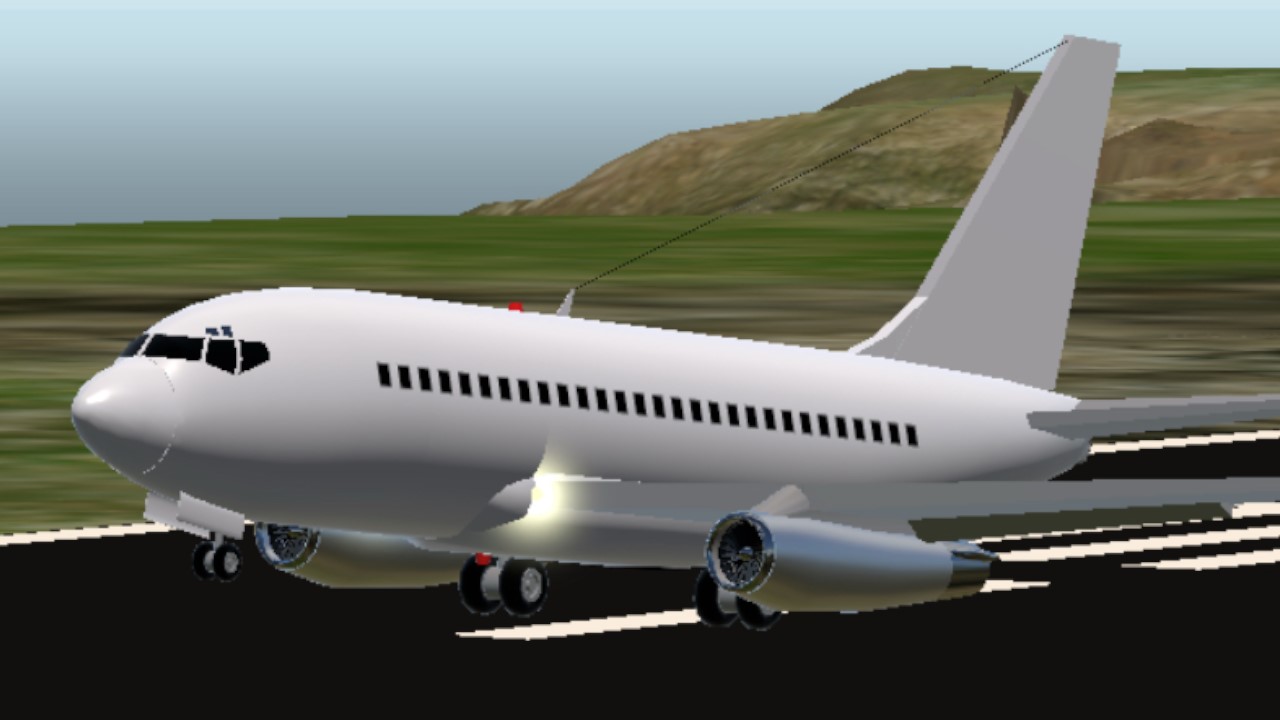
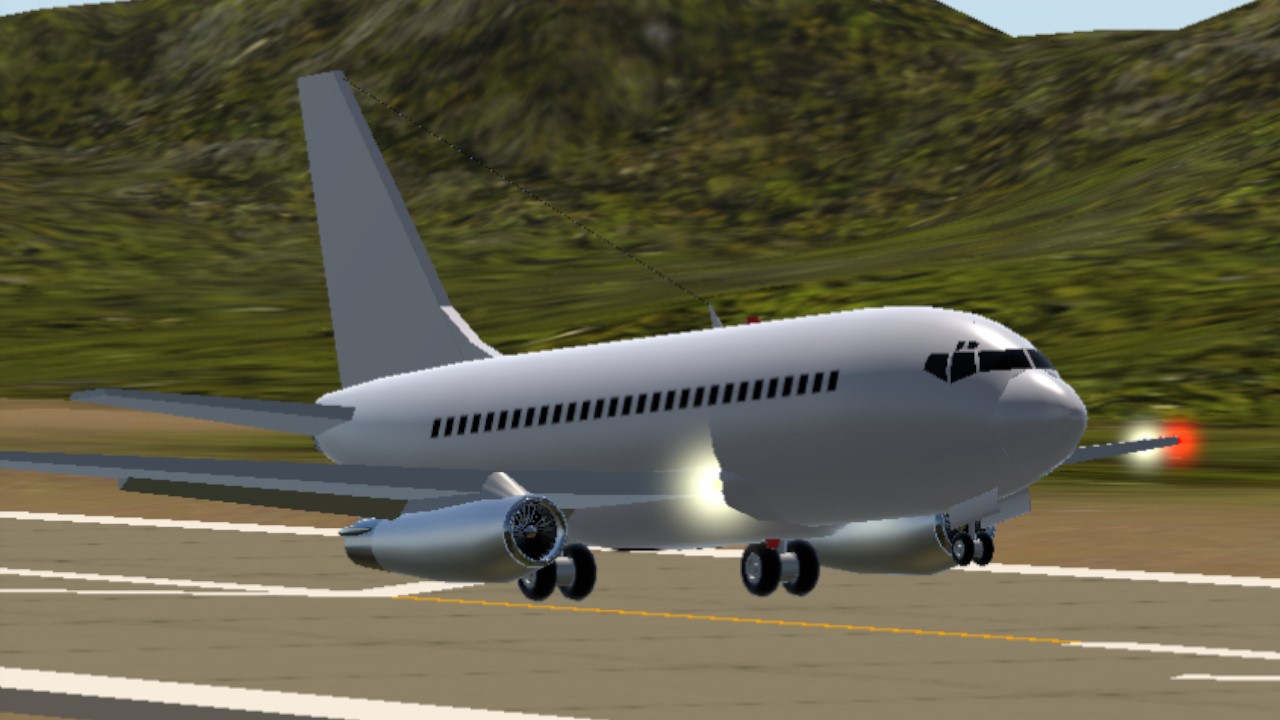
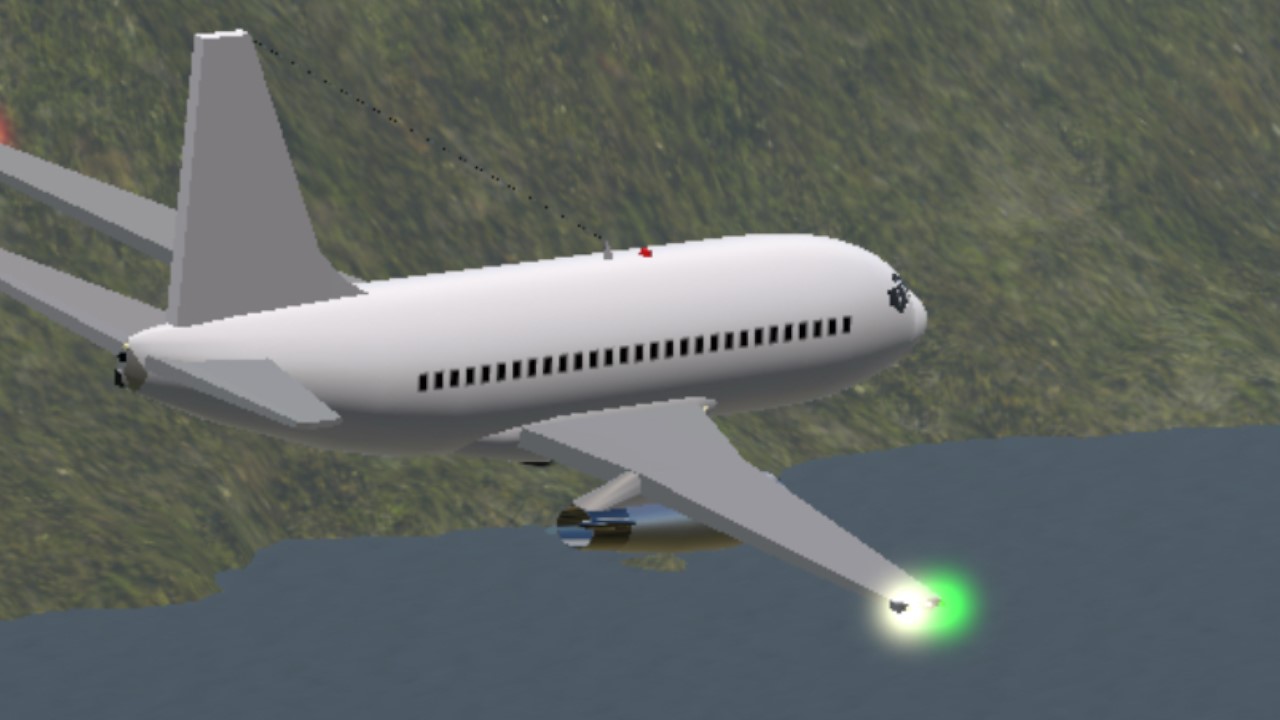
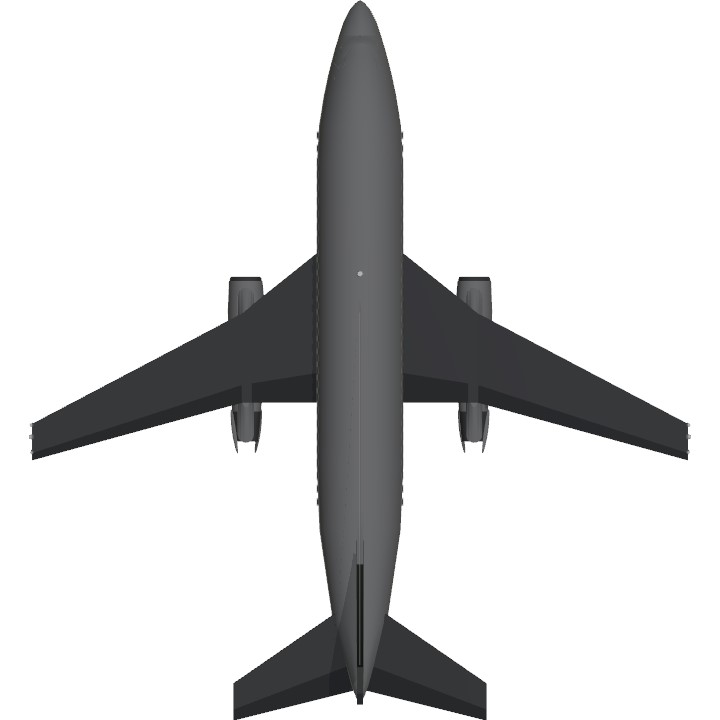

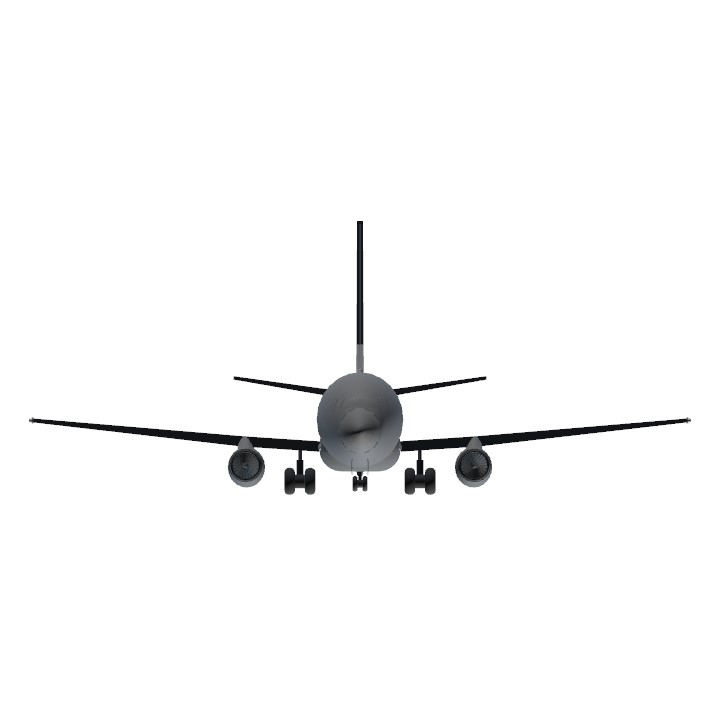
@Nathangaming82075 lol
@dabestsock Thx!
STOL JET
Nice